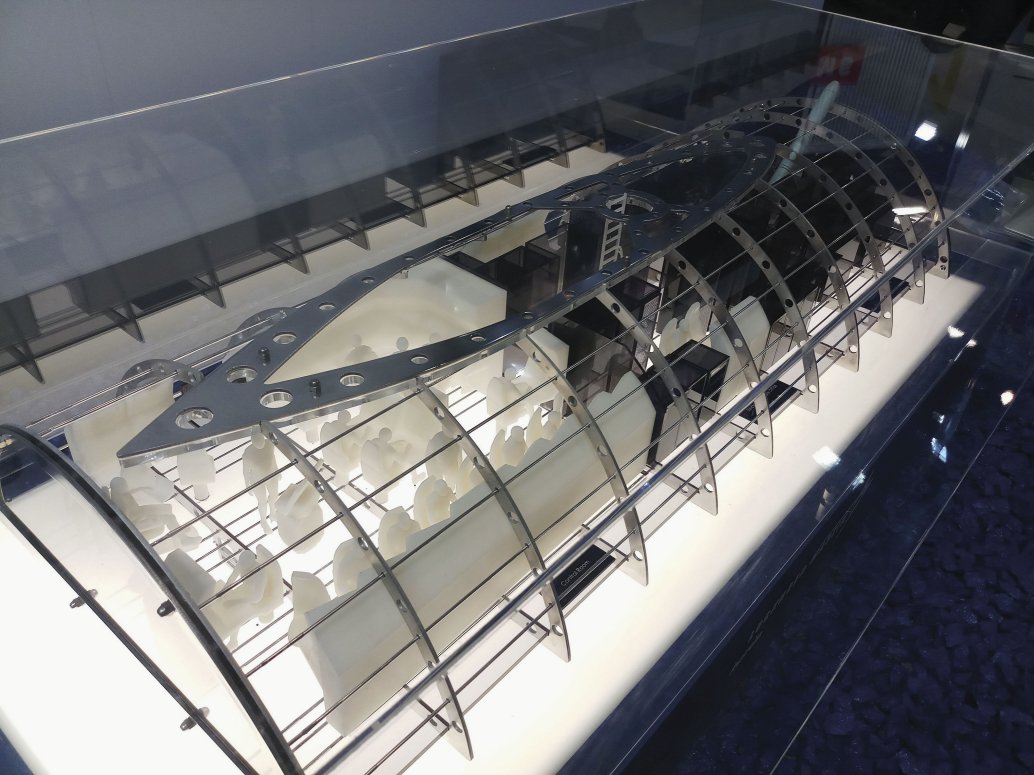
A mock-up of how operator consoles might be arranged on board the Attack class on display at Pacific 2019. (IHS Markit/Ridzwan Rahmat)
Lockheed Martin Australia has completed the systems definition review (SDR) phase for the Attack-class submarine programme and is making progress on modelling tasks work for crew workspaces on board the vessel.
To assist in the design of these workspaces, the company has employed a proprietary modelling software known as control room analysis and verification tool (CRAVT), which highlights potential issues in proposed layouts, including crew overload and communication issues.
This tool has been employed in addition to physical mock-up workstations, which have been built to simulate work conditions that take place under various mission scenarios, said Dr John Towers, human integration systems lead for the Attack-class submarine at Lockheed Martin Australia.
“Operators on the Attack class will be handling a lot more data and information compared to the crew on the previous class of submarines,” said Towers in an interview with Janes at the Pacific 2019 maritime exposition in Sydney. “As such, the workflow design will have to take into account tasks that need to be automated and tasks where we still require a human in the loop.”
“We also have a variety of new roles and workflows that may not have existed on the Collins class, but will be present on the Attack class due to new sensors and equipment present,” said Towers.
CRAVT is able to emulate different mission sets associated with submarine operations, including surveillance and intelligence gathering, escort operations, and sea denial operations. The software then generates the expected amount of work, including onboard conversations, radio communications, and data crunching, that can be expected from each operator console based on these mission sets.
Looking to read the full article?
Gain unlimited access to Janes news and more...




